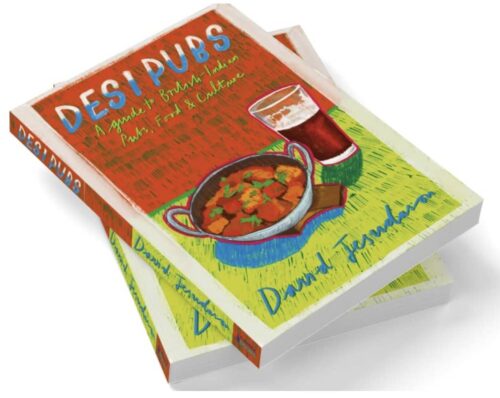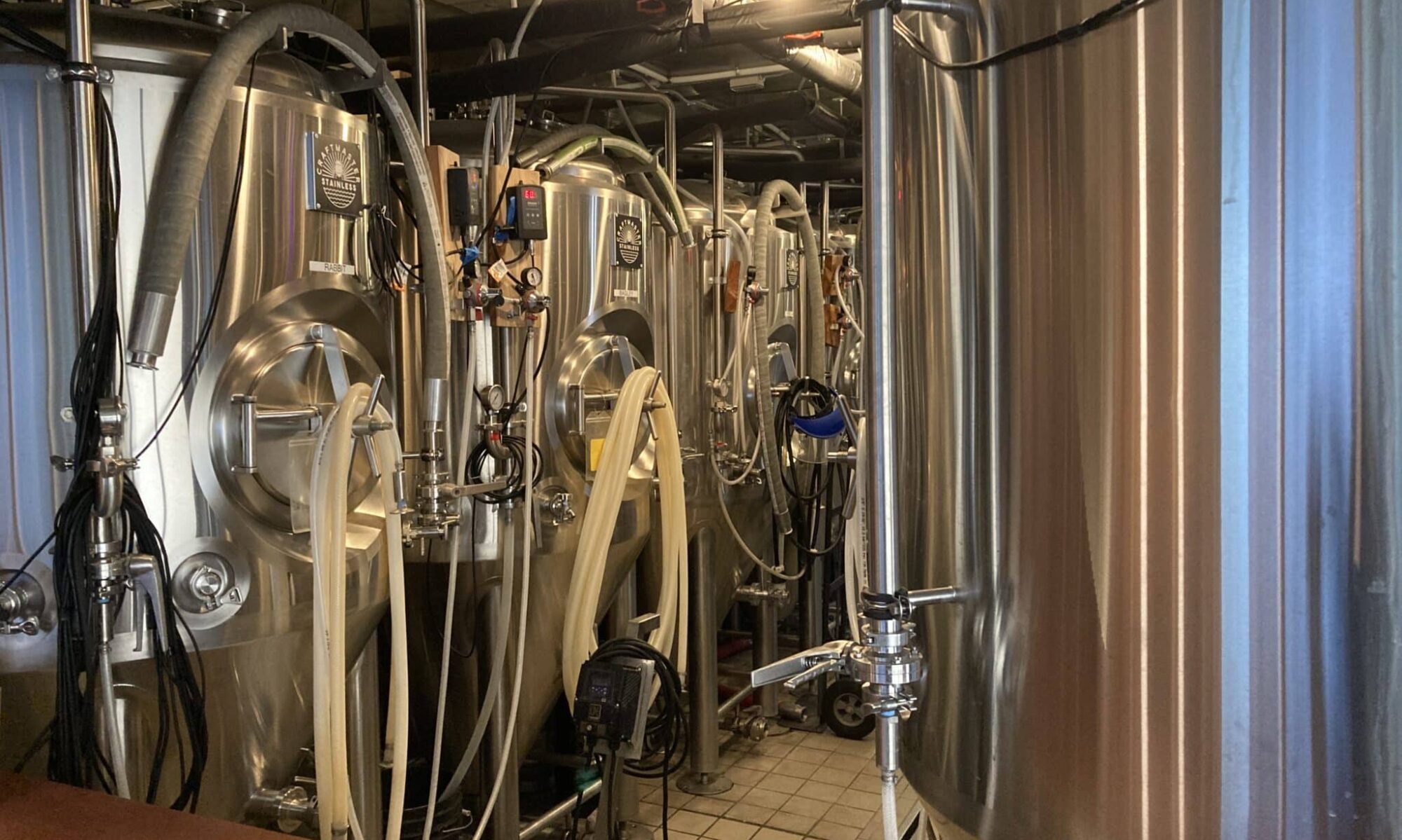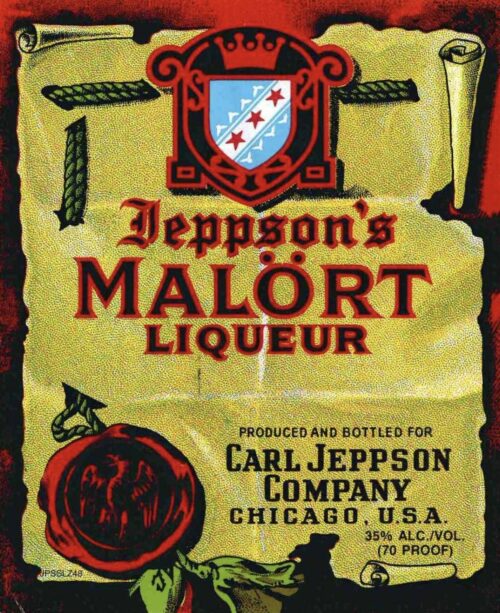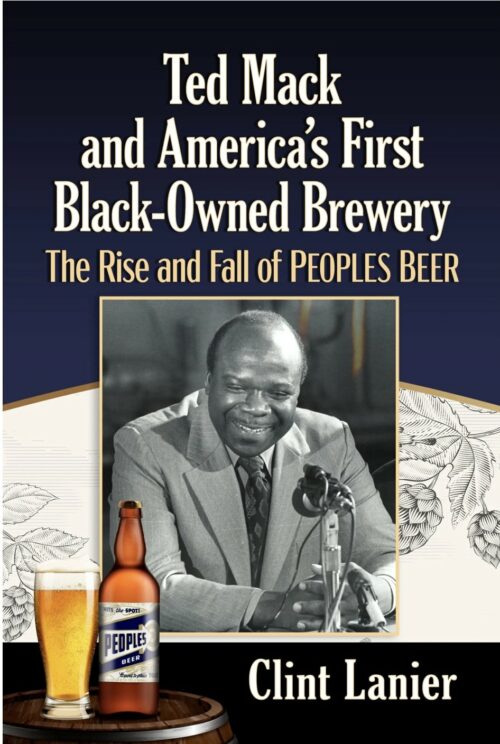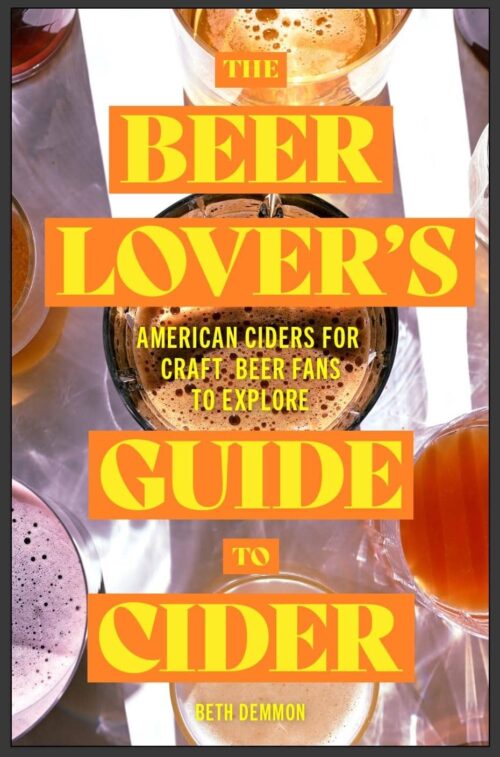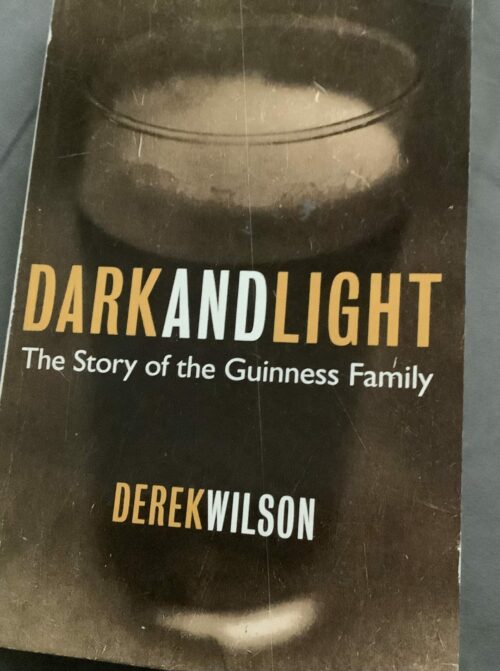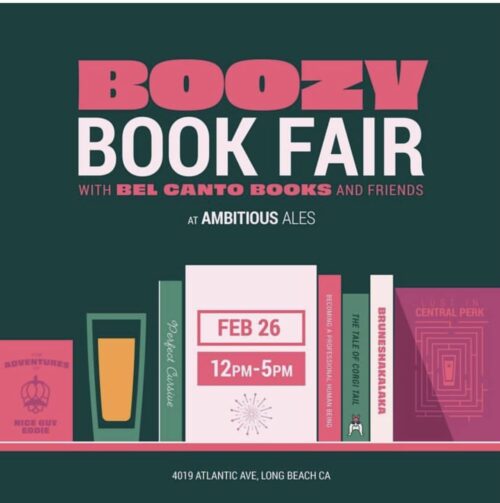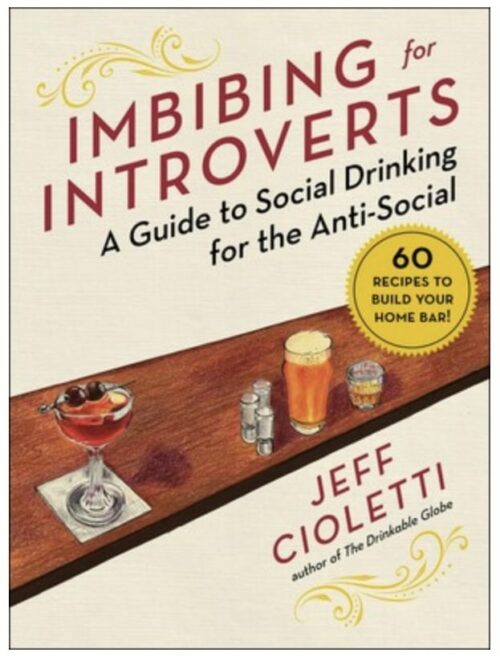Right up front, if you want a story about the beer of Guinness, go elsewhere. This is a biblical style survey of a LOT of the Guinness family from the first Arthur all the way to Guinness being family free under Diageo. You learn very little of St. James Gate.
This is also not a quick or fun read. This is slow and in tiny print with a cavalcade of names being thrown at you. There are helpful family trees sprinkled throughout the book but even with those guideposts, it is hard to keep track especially when titles started getting added and Edwards become Lords of this or that.
A third thing that made this hard was the money being spent. Every Guinness it seemed had more than enough money to buy house after estate after castle. Maybe in 2023, I am too aware of the 1% lording over the rest of us that reading about it happening back then just left me a little bitter.
Those three issues aside, Wilson introduces us to so many people who are worthy of books just about them. Granted some of these Guinnesses would need to be looked at with a very critical eye but interesting politicians, sailors, bankers and writers nonetheless. And the financial kerfuffle of the Guinness purchase of DCL Distillers is more than likely already a book about how not to run a merger and / or acquisition.
But if you have a Guinness in the fringe and a hankering for Irish history through the prism of one extended family, you will find some interesting stories.
